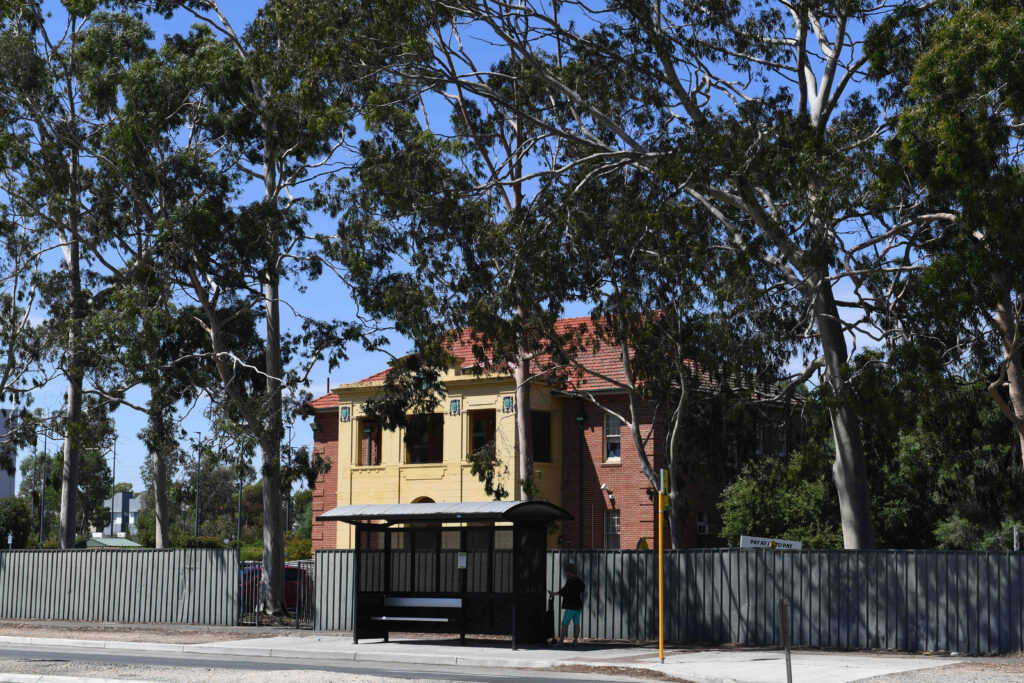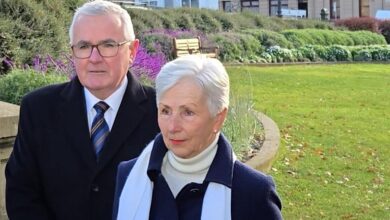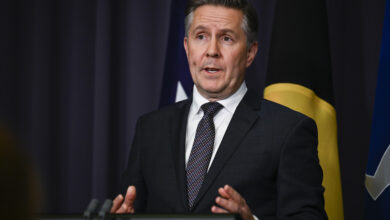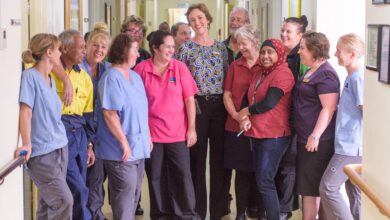Innovative or unrealistic? SA’s 10-point aged care policy plan
Peak body said plan is “unworkable”, calls for more collaborative, system-wide solutions

The South Australian government has announced it plans to allocate 55 new hospital beds to older people transitioning to aged care, in an attempt to ease the state’s significant bed-block problem.
Premier Peter Malinauskas said that the newly refurbished Hampstead Rehabilitation Centre will become a “70-bed specialised care and bridging service for older South Australians transitioning out of hospital.”
“As a government we are pulling every lever to deliver a bigger health system with more capacity to treat those in need,” he said.
“We are delivering hundreds of extra doctors, nurses, ambos, allied health professionals, and of course beds.
“But the truth is, today we also have 241 patients in our hospitals who do not need to be there.
“We need the federal government to step up to do its part.”
The Premier said the current aged care crisis boils down to a simple issue with supply and demand. The change in the total number of federally supplied aged care beds paired with our rapidly ageing population has led to a “large increase” in patients staying in hospital longer than required while waiting for a place in residential aged care.
According to SA government data released this week, 92 per cent of the state’s 18,000-plus residential aged care beds are currently occupied. The national occupation average is 86.1 per cent.
SA has the lowest vacancy rate for aged care beds in the country, recording a 161 per cent increase in elderly patients stuck in metro hospitals between October 2023 and April of this year.

Central Adelaide Local Health Network (CALHN) acting chief executive officer Rachael Kay said the new beds will provide a home-like setting for older patients.
The new beds are “built around a model of care which comprises of a multidisciplinary team, ensures that consumers are receiving holistic care while we support their transition to longer-term arrangements,” she said.
“We are thrilled that works are now complete at Hampstead, bringing the additional 55 beds to our health system to support older South Australians.
“Consumers can access the care they need in a comfortable, fresh space while family and friends work to identify a suitable Commonwealth aged care placement for them,” she said.
As well as the new beds at Hampstead, the state government has developed a 10-point policy proposal.
The proposal urges the federal government to allocate new funding for patients with complex needs, broaden capital funding programs (such as the Aged Care Capital Assistance Program) to include metropolitan areas, expand respite programs, and reform funding models to “incentivise private providers to support complex patients.”
It also proposes that providers who “consistently refuse to take placements from public hospitals” should lose funding to disincentivise ‘cherry picking’ new residents. The plan goes on to say that older patients who refuse “two genuine offers of placement” should be charged the full rate of their hospital stay (exempt from the National Health Reform Agreement).
Don’t punish providers
While the SA government may believe its plan is innovative, Ageing Australia (AA) has disagreed, calling instead for “collaborative, system-wide solutions that ensure older people are getting the right care in the right setting.”
“We urge the South Australian government to work with the sector to find solutions. We truly believe there are other measures not yet offered by the government that can be explored together,” AA chief Tom Symondson said.
“You can’t fix hospital blockages by punishing aged care providers already under pressure. We need partnership, not penalties. Aged Care is at near peak capacity, so we need to find a way together.
“Providers are ready to be part of the solution – but threatening funding cuts, and public shaming for not accepting high-needs hospital patients, who cannot be realistically supported under current settings, goes too far,” Mr Symondson said.
“It is also critical that aged care services receive adequate funding to meet the increasingly complex needs of older people who require residential care. In particular, many of those older people in hospital for an extended period have clinical and care needs that far outstrip the staffing available in aged care currently.”
Ageing Australia says it will continue to advocate for a coordinated national strategy on aged care bed capacity, involving both state and the federal governments.
Email: [email protected]





